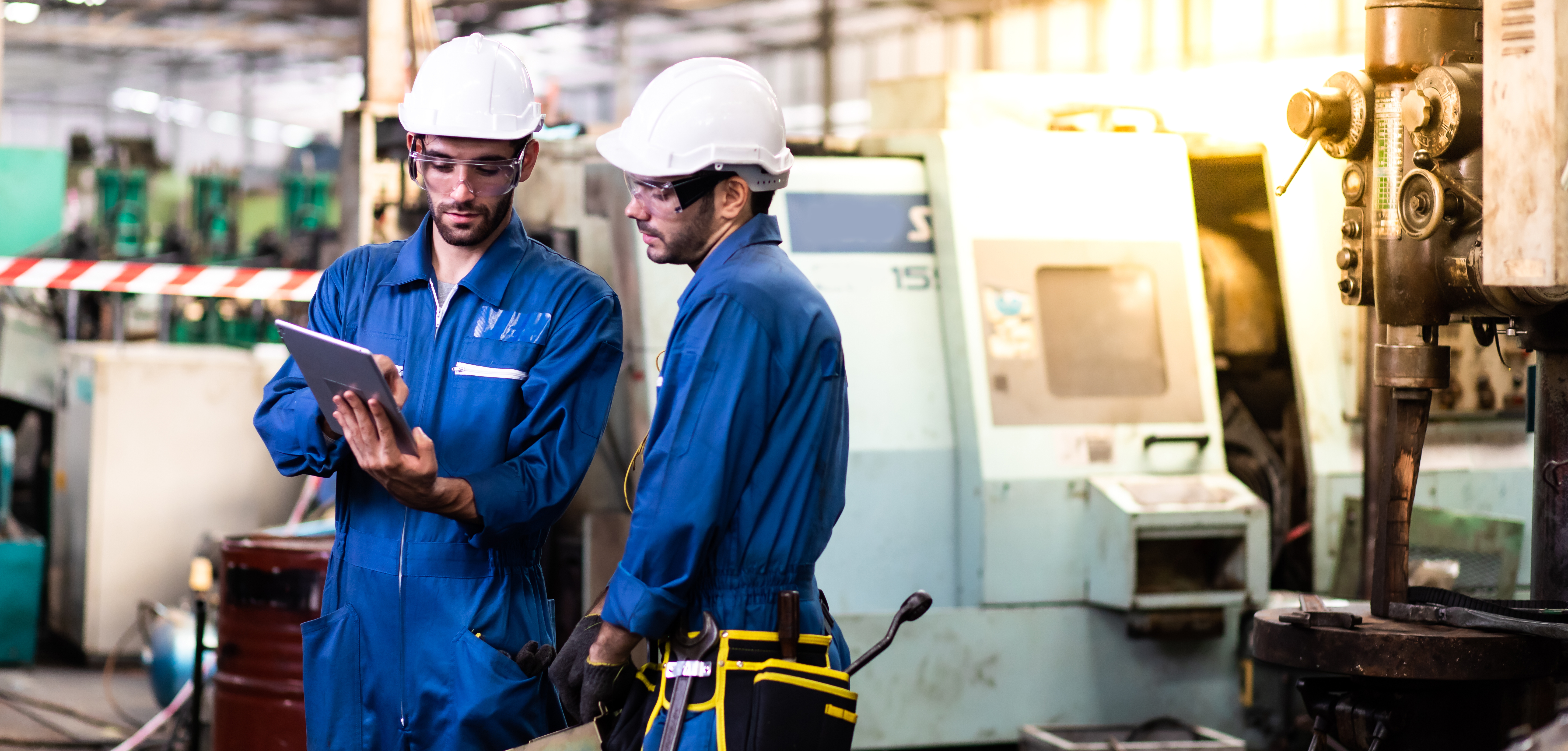
There’s enough buzz around robotic automation in recent years that most manufacturers have at least tossed around the idea of whether it’s right for them. If the idea of growing your bottom line while improving processes and reducing costs excites you, then it’s certainly worth consideration. However, not all tasks can be automated or would benefit from automation.
Once a tool limited only to manufacturing giants, industrial robotics are now more accessible and cost-effective for smaller manufacturers, opening doors of opportunity once reserved only for the biggest organizations.
According to McKinsey, today’s technology could automate almost half of all activities humans currently do, driving massive value to the organization. With more time to devote to higher-impact tasks, growth and scale are enabled.
Today, we’re going to look at the types of tasks in the manufacturing space that can—and should—be automated, and how to tell whether automation is a good fit for your organization.
Assessing Automation Fit
Humans still manage some processes better than machines. Anything that involves high-level decisions, human interactions, or serious dexterity is better left to people.
We apply automation to specific activities as opposed to entire occupations. The more consistent and predictable the task, the better suited it is to automation. Even high-mix/low-volume production becomes more cost-effective when it’s automated, offering new capabilities for small manufacturers.
It is also important to note that standalone automation applications can deliver tremendous value on their own. In other words, you do not need entire end-to-end automated processes to start seeing improvements. Jobs that are performed in a predictable and finite space, such as on an assembly line, machine load/unload, or inspection, are excellent candidates. Essentially, the more precisely you can spell out a process, the better its suitability for automation.
Here are a few questions to ask yourself:
- Does the task take more than three seconds of thinking before execution? If the answer is no, it could be a good candidate for automation. However, some “thinking” processes can be managed with sensors or performed with a high degree of predictability, so they should be considered in your evaluation. Some examples in this area might include quality inspection and testing functions and machine monitoring.
- How predictable is the task? If the activity is somewhat unpredictable, it might not be the best candidate for automation. To determine value, consider whether automation improves worker safety, reduces costs, improves quality, and increases flexibility. Physical tasks, like welding, soldering, and product packaging can be automated if the conditions are consistent and predictable.
- Does the task rely on manual dexterity? Dexterity is a big part of what makes robotic processes so valuable. Manual processes that require a high level of dexterity also tend to have an increased incidence of error. Robotic automation improves quality, accelerates the process, and provides a more predictable outcome. Can the task be executed faster with robotics? Is there a risk of repetitive motion injury? As long as the task is repeatable, it can be automated.
- What is my fully-burdened cost of labor? The total cost, including overtime, taxes and benefits of a dedicated operator should be considered into calculating a true ROI. If operators are running multiple machines simultaneously you might not get the best ROI unless the machines can be moved closer to one another or gantry systems could move the robot between equipment.
- Which positions or tasks have been most difficult in terms of hiring and retaining employees? These are the dull, dirty and dangerous tasks that have a high risk of repetitive motion injury or inherently dangerous for operators to do. These applications are a good fit for automation as long as they are predictable.
- What other tasks could my workforce focus on instead of this one? Automation can free up your operators to do more value add tasks that help you improve your bottom line by using their analytical skills. They could be to service and maintain your equipment or perform more quality control on the products.
Assessing the Value of Automation
Ultimately, the decision to automate should come down to whether it makes financial sense for you to do so. With labor costs going up and robotic technology prices coming down, automation offers new opportunities while supporting lean operations. And while investing in a fully automated factory might not be in the cards for some small companies, robotics-as-a-service could be a viable option. Without the up-front costs to factor in, you’ll achieve business value, ROI, and save money from day one. Next week, we’ll include a blog post about how to evaluate the ROI of an automation solution.
If you're curious about the perspective of the CFO, our Treasurer and VP of Finance Jack Wagler has written two blog posts. Here is part 1, and here is part 2.
Get in touch today, and let’s talk about the possibilities.


